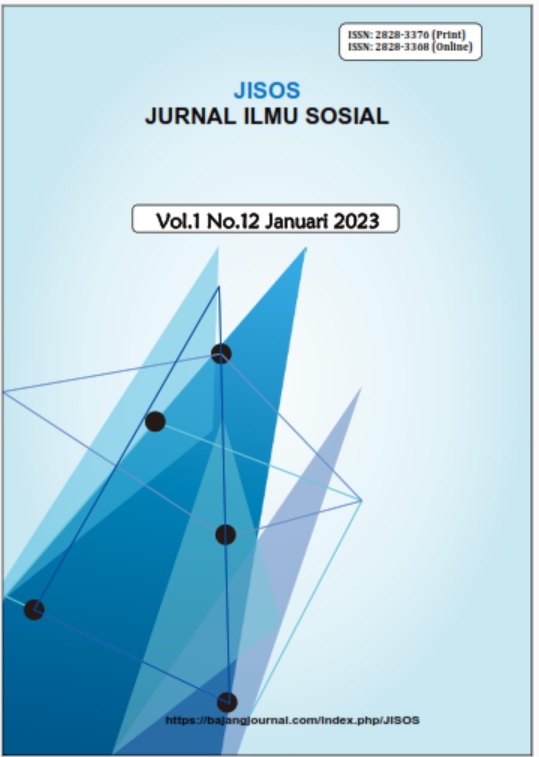E- LEARNING IS ONE OF SOLUTION OF LEARNING PROCESS IN PANDEMIC SITUATION
Keywords:
e-learning, learning process, pandemicAbstract
This article presents the background of the educational process during the pandemic, one of which is by using electronic learning in various forms such as Google Classroom, Google Meet, Zoom, Skype, OBS and many other forms of electronic learning. This learning is divided into two synchronous and asynchronous. Synchronous is learning in a network that requires media to assist learning such as computers, note books, android and also the internet or network, while Asynchronous is learning that is carried out directly by teachers and students at school or face to face. Thus electronic learning is very helpful for pandemic citizens but this learning is more flexible and can be used at any time depending on specific aims and objectives
References
Abu bakar, M., et al,. 2017. E-learning: A tool for Enhancing Teaching and Learning in Education Institutes. The International Journal of Computer Science and Information Technologies, Vol. 8 (2), 2017, 217-221. From http://www.researchgate.net/publication/321304469 Retrieved on 10th June, 2020.
Algahtani, A.F. 2011. Evaluating the Effectiveness of the E-Learning Experience in Some Universities in Saudi Arabia from Male Students’ Perception. Durham Theses. Durham University. From https://www.semanticscholar.org Retrieved on 10th June, 2020.
Almosa, A. 2002. Use of Computer in Education (2nd ed). Riyadh: Future Education Library.
Arkaful, V and Abaidoo, N. 2014. The Role of E-Learning, The Advantages and Disadvantages of its Adoption in Higher Education. International Journal of Education and Research. Vol (2) No.12. From https://www.ijern.com>2014pdf Retrieved on 10th June, 2020
Collins, J., Hammond, M. and Wellington, J. 1997. Teaching and Learning with Multi Media. London: Routledge.
Dublin, L. 2003. Nine E-Learning Myths. The E-Learning Develop Journal. From http://www.elearningguild.com Retrieved on 9th June, 2020.
Hrastinski, S. 2008. Asynchronous and Synchronous E-Learning. Educause Quartely. No.4. 2008. From https://er.educause.edu/articles/2008//11/. Retrieved on 10th June 2020.
Kemendikbud, Surat Edaran No.4 Tahun 2020. Pelaksanaan Kebijakan Pendidikan Dalam Masa Darurat Penyebaran Coronavirus Disease (Covid 19). From www.kemdikbud.go.id/main/blog Retrieved on 26 th December, 2020
Koohang, Alex., Riley L, Smith, T. 2009. E-Learning and Constructivism: From Theory to Application Interdisciplinary. Journal of E-Learning and Learning Objects. Vol. 5. From https://www.researchgate.net>3206. Retrieved on 9th June, 2020
LLC, Epignosis. 2014. E-Learning Concepts, Trends, Application. San Fransisco: California. From https://www.talentlms.com/elearning/elearning-101-jan2014-VI.1.pdf. Retrieved on 10th June, 2020
Marck, J.R.2002. Book Review: E-Learning Strategies for Delivering Knowledge in Digital Age. Internet and Higher Education, 5, 185-188. From https: onlinelibrary.wiley.com. Retrieved on 10th June, 2020
Smedley, J.K. 2010. Modeling the Impact of Knowledge Management using Technology. Or Insight (2010) 23, 233-250. From https://www.researchgate.net>2204 Retrieved on 10th June, 2020
Wentling, T.L, et al., 2000. E-Learning- a Review of Literature. Knowledge and Learning System Group NCSA.9.1-73. From https://www.researchgate.net/publication/331938876 . Retrieved on 10th June, 2020
Yuliana. 2020. Wellness and Healthy Magazine. Vol. 2 No.1 February 2020, From www.ess.journalpress.id Retrivied on 26 th Decemeber, 2020
Zhang, D., Zhou, L., Brlggs, R & Numaker, J. 2006. Instructional Video in E-Learning: Assessing the Impact of Interactive Video on Learning Effectiveness. Information & Managemnt. Vol 43 (1), 15-27. From https://www.scincedirect.com Retrieved on 10th June, 2020














